Introduction: Why SEO Matters from Day One
If you're investing time, money, and energy into launching a website in 2025, here’s the harsh truth: if it's not built with SEO from day one, it's already behind.
Many businesses in Agra (and across India) think SEO is something they can “add later.” But this mindset leads to serious setbacks—low traffic, poor visibility, and higher bounce rates. SEO isn't just a final touch; it's the foundation of your digital presence.
From how you structure pages to the keywords you target, every decision impacts how your site performs on search engines. And since 80% of users never go beyond the first page of Google, ranking well isn’t optional—it’s survival.
Here’s the good news: launching with a solid SEO strategy doesn’t have to be complicated. Whether you're a local shop in Sadar Bazar, a boutique in Fatehabad Road, or a startup near Sanjay Place, the following SEO moves will help you launch smarter and grow faster.
Let’s break down 4 proven SEO steps every website should take before launch—and how TechnoParticles helps businesses like yours get it right from the start.
🔍 Move 1: Perform Keyword Research with Intent
Keyword research isn’t just about stuffing words into content—it’s about understanding what your ideal customer is searching for and aligning your content with their needs.
First, define your target persona. Are you trying to attract local service seekers in Agra? Are your customers tourists searching for activities or products? Knowing your audience is step one.
Next, use tools like: Google Keyword Planner (Free with a Google Ads account) Ubersuggest (for keyword ideas + competition) SEMrush or Ahrefs (if you're scaling)
Look for keywords that have: Low to medium competition High search intent (e.g., “best web developer in Agra” vs “web info”) Location-based modifiers (like “Agra”, “near me”, or “2025”)
But don’t stop at collecting keywords. You need a keyword map—assign each keyword to a specific page. For example: Home Page → “Best digital agency in Agra” Service Page → “Affordable website design Agra” Blog Page → “How to grow a local business online in 2025”
This keyword map ensures each page targets unique terms—avoiding keyword cannibalization and improving site clarity.
When your content matches user intent, SEO becomes a powerful traffic magnet.
🛠️ Move 2: Optimize On-Page SEO Before Launch
Once your keywords are mapped, it’s time to optimize every page—from the homepage to the contact form.
Start with title tags. These should: Be under 60 characters Include your primary keyword Have a compelling hook (e.g., “Affordable Website Design in Agra – TechnoParticles”)
Next, write meta descriptions. Though not a direct ranking factor, these influence click-through rates. Keep them under 160 characters and make them actionable.
Use heading tags (H1-H3) correctly. Each page should have: One clear H1 (e.g., “Custom Website Development in Agra”) Multiple H2s to structure subtopics Optional H3s for finer details
Now to images—don’t just upload them blindly. Compress them using tools like TinyPNG or WebP, and always use alt tags that include keywords. This helps with both SEO and accessibility.
And yes—internal linking matters even on launch day. Link your pages smartly: Home → Services, About, Blog Blog Posts → Related Services Contact Page → CTA from footer/menu
These internal links create a roadmap for Google bots—and improve navigation for users.
On-page SEO isn’t technical jargon—it’s your content's communication strategy with Google. Get it right, and you’ll see results faster than you expect.

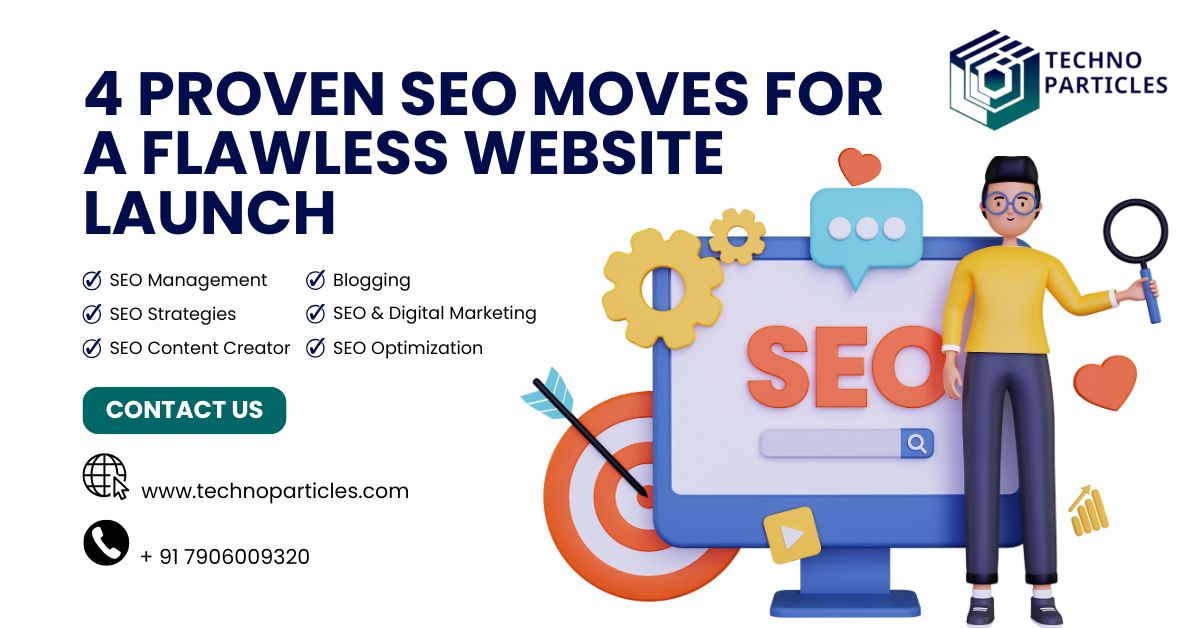
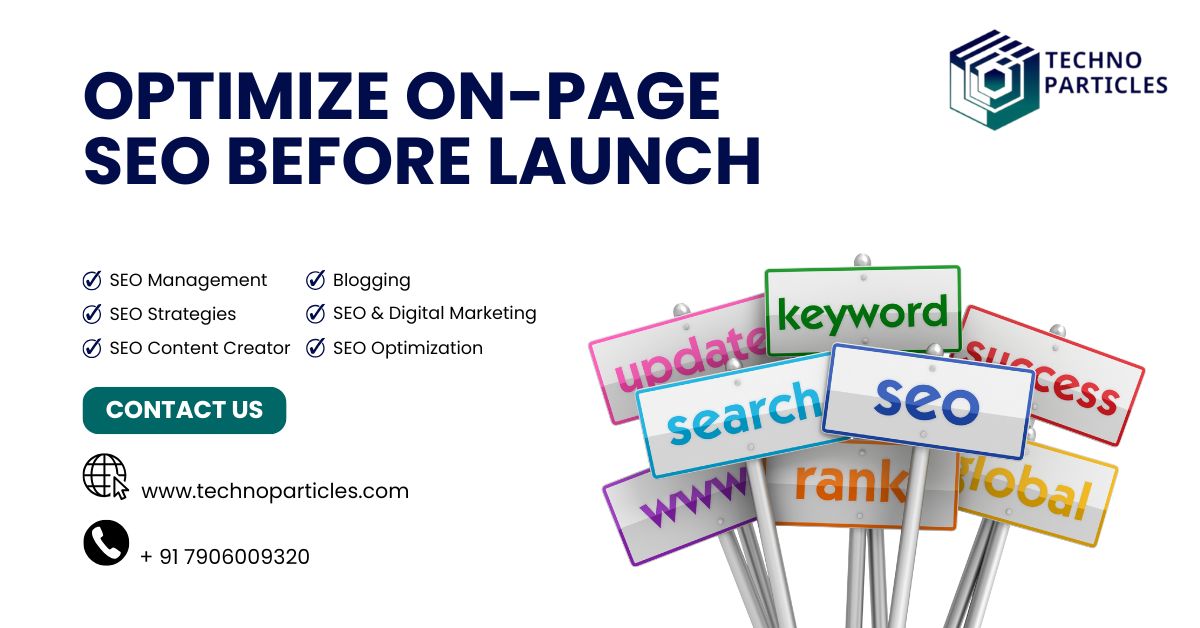
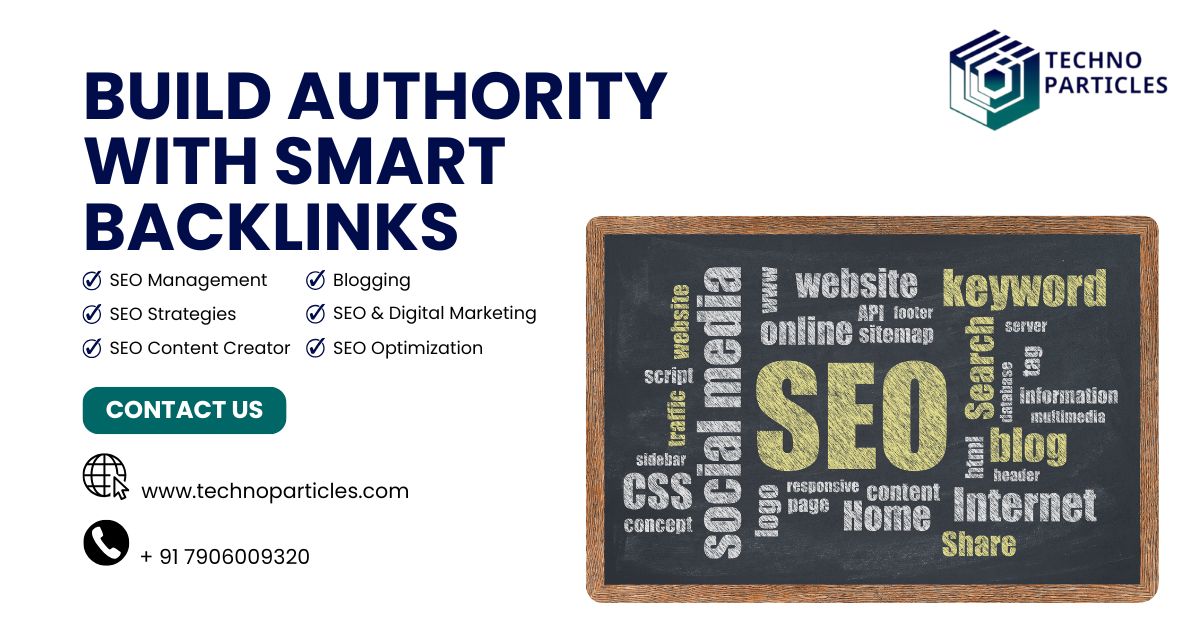

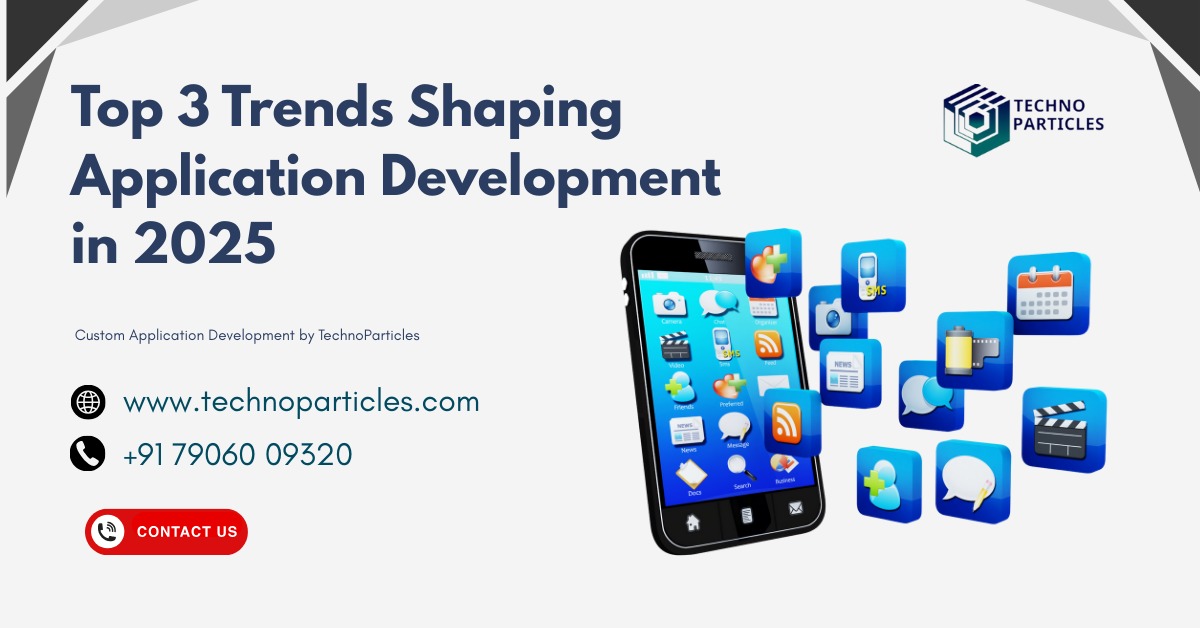
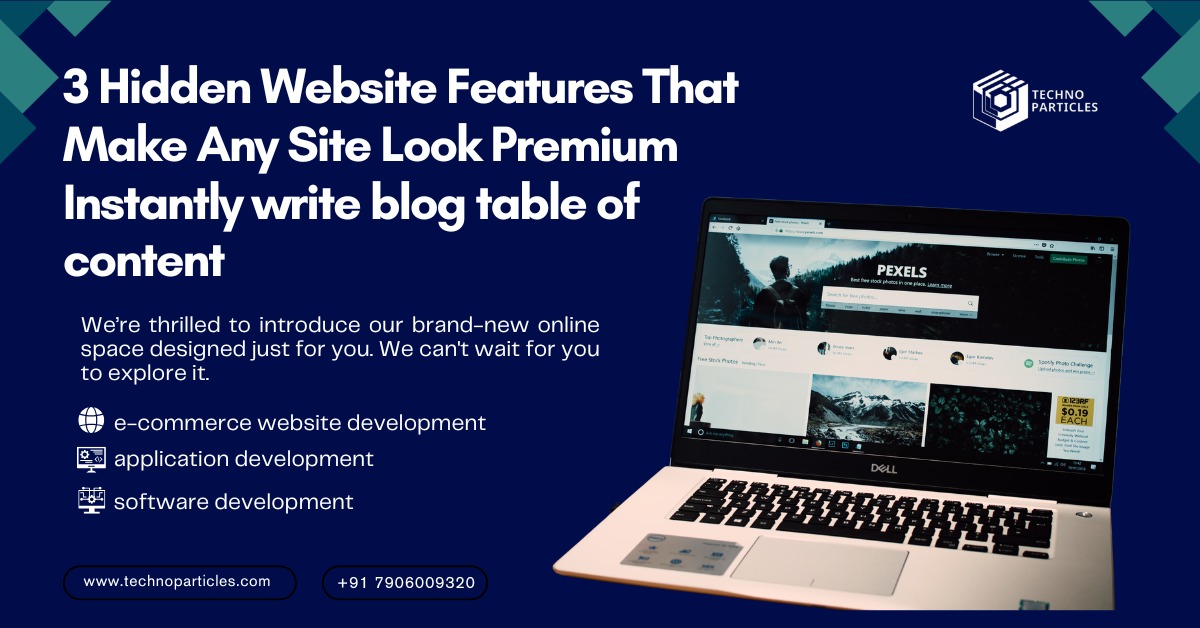
Leave a comment